Nationwide Housing Collapse!!!
 Tuesday, June 24, 2008 at 06:14PM
Tuesday, June 24, 2008 at 06:14PM Related: How the Bush Administration Stopped the States From Stepping In to Help Consumers
 No matter who's measuring, the results are the same: Housing prices are tumbling at the sharpest rates ever with a bottom still at least a year away, economists say.
No matter who's measuring, the results are the same: Housing prices are tumbling at the sharpest rates ever with a bottom still at least a year away, economists say.
Both the Standard & Poor's/Case-Shiller home price indices and the Office of Federal Housing Enterprise Oversight index on Tuesday reported record year-over-year declines in April, a sobering signal that the housing slump not only is deepening, but also engulfing markets once above water.
The last holdout in the Case-Shiller index, Charlotte, N.C., finally succumbed to the national housing downturn, with prices slipping 0.1 percent from a year ago. No city in the Case-Shiller 20-city index appreciated in April, the first time that's happened since its inception in 2000.
"I think that's the most disturbing part of the report," said Mark Zandi, chief economist for Moody's Economy.com. "It shows the declines are now across all markets, that this is a nationwide housing collapse rather than one in a few markets."
The 20-city index dropped by 15.3 percent in April versus last year, while the narrower 10-city index plunged 16.3 percent, its biggest decline in its 21-year history.
The OFHEO index showed prices falling 4.6 percent in April from the same month last year, when the index peaked. That was the biggest decline since record-keeping started in January 1991.
The government index is calculated using mortgage loans of $417,000 or less.
While the government report has shown nationwide price declines, the Case-Shiller index has shown far greater drops because it focuses on larger cities where prices rose further during the boom years, and includes riskier loans.
Zandi forecasts prices to drop another 10 percent through this time next year before hitting bottom, while Patrick Newport, an economist at Global Insight, expects the Case-Shiller index to fall another 20 percent to 30 percent. Prices should halt their descent sometime next year, he said.
"The numbers are going to get worse because inventory levels continue to be at record highs or near record highs," Newport said.
Much of the pricing pressure comes from foreclosures and so-called short sales, in which a lender accepts an offer less than the value of the mortgage. These distressed sales can be discounted by 20 percent to 50 percent, forcing home sellers to slash their listing prices to compete.
About one in four homes sales are distressed sales, Zandi estimated, with that number rising sharply in the once red-hot housing market like Las Vegas, Phoenix and Southern California.
While there's been early evidence that these discounted properties are attracting buyers and boosting sales volume, pricing has yet to respond to the increase in demand.
Las Vegas and Miami again posted the largest declines in the Case-Shiller index, each losing nearly 27 percent.
However, the annual declines in Denver, Chicago and Cleveland were less severe than in the previous month, but Maureen Maitland, a S&P vice president, is reluctant to peg that as an indication of stabilization.
"We wouldn't call a trend on one-month data," she said.
The report also showed prices in eight metro areas increased in April from March, but the gains could be seasonal blips as the home-buying spring season starts up rather than a sign of a turnaround, Maitland said.
The housing slump, along with higher food and fuel prices and disruptions in the credit markets, has taken its toll on consumer sentiment.
An industry group Tuesday said U.S. consumer confidence plummeted more sharply than expected in June to it lowest level in more than 16 years. The Conference Board's reading of consumers' expectations hit an all-time low.


























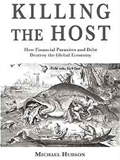





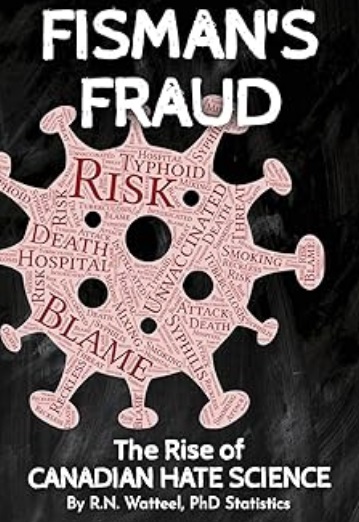




















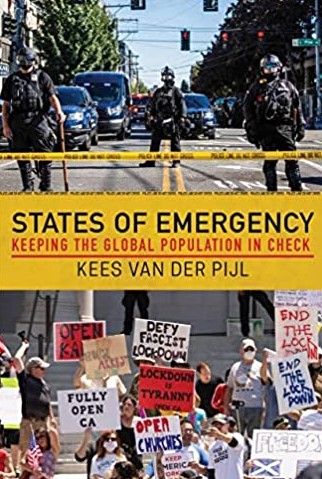















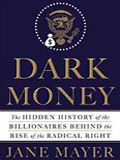

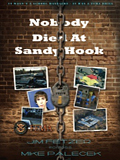

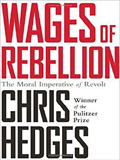


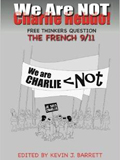



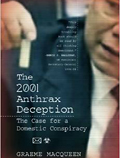


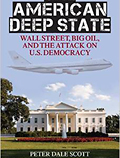



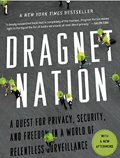




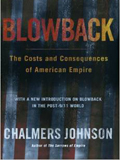




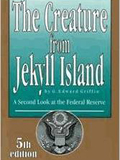




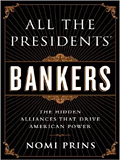









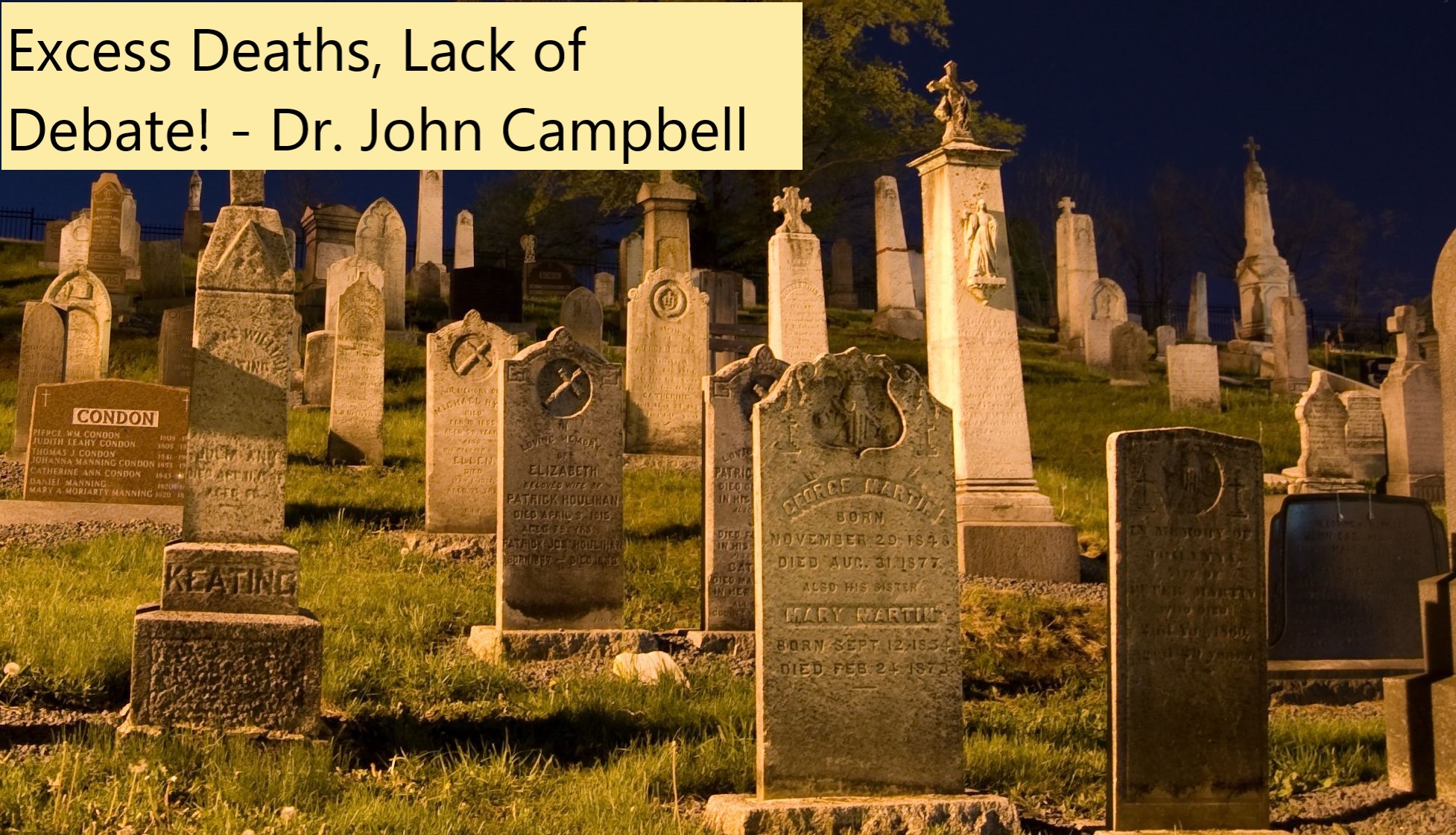

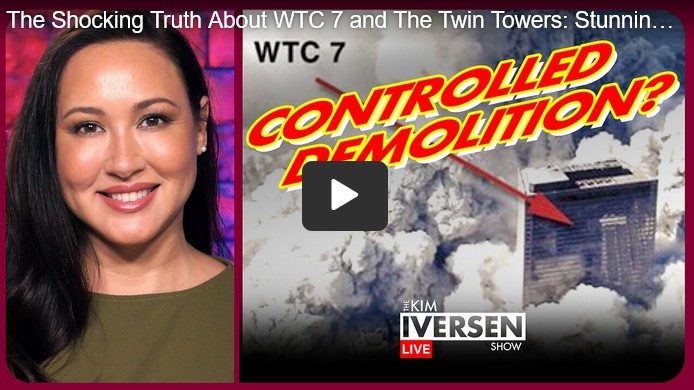

















Reader Comments